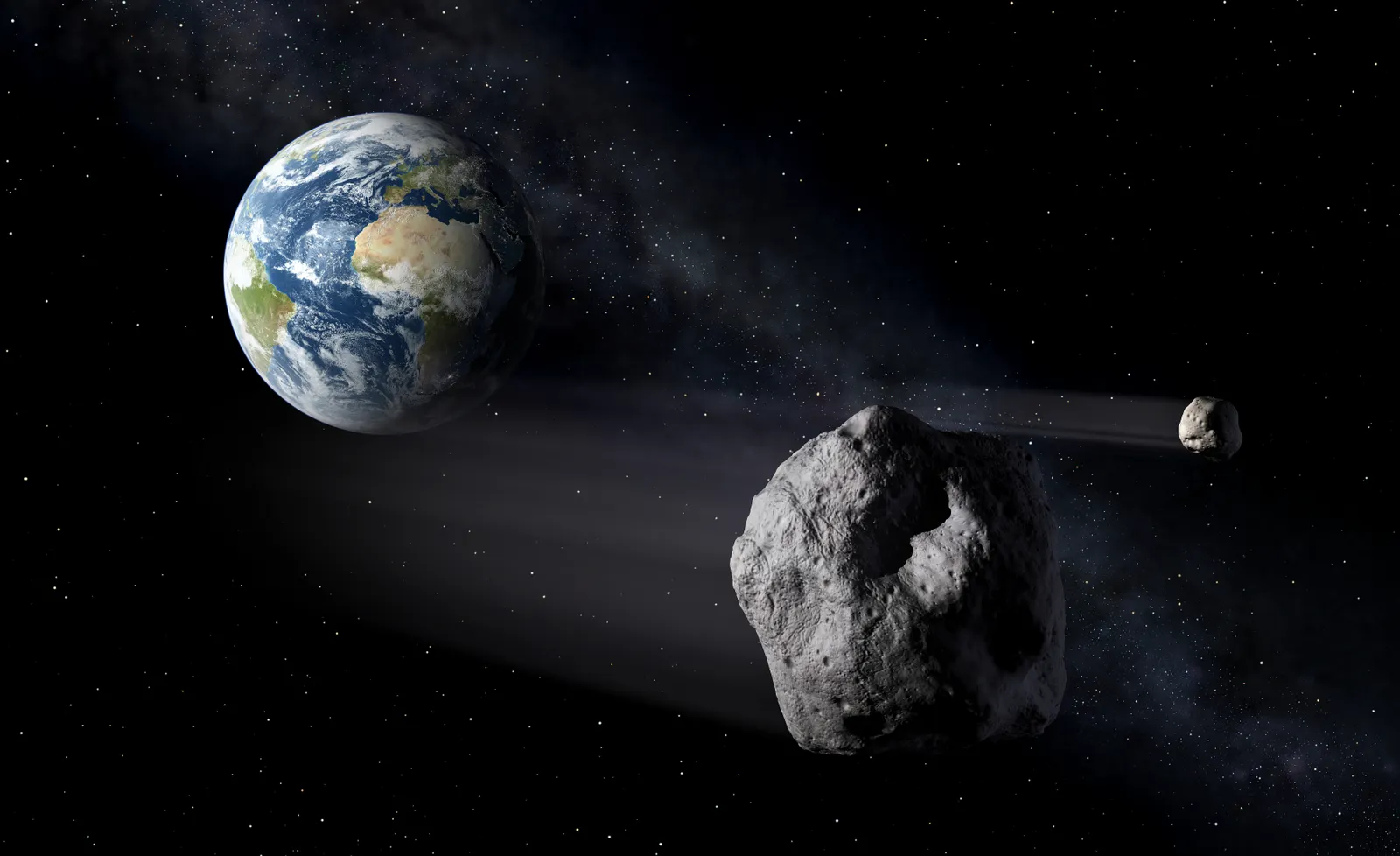By: Ruyi Lin
During the week of June 27, 2024 stargazers observed two asteroids passing by Earth, one large enough to destroy a city and one so massive it can erase humanity. Fortunately, they were too far away to make an impact on Earth.
The larger asteroid, (415029) 2011 UL21, will be at a distance of 4,061,300 miles away from Earth (17 times the moon’s distance from Earth) on Thursday, 4:14 p.m. EST. Coming much closer, the smaller asteroid, 2024 MK, will be 179,175 miles away (75 percent of the moon’s distance from Earth) on Saturday, 9:46 a.m. EST.
With good binoculars, 2024 MK will come into view. However, it requires good telescopes to possibly catch a glimpse of (415029) 2011 UL21 as it zips through the sky. For those who miss this event, there’s another chance to catch it in 2029 when the asteroid Apophis will fly within 20,000 miles of Earth, visible to the naked eye.
Providing valuable data for planetary defense, these asteroids help scientists track and predict the paths of these space rocks, making tracking systems more accurate. They use radar to measure and track asteroids, improving our understanding of their trajectories. Lance Benner from NASA’s Jet Propulsion Laboratory highlights the importance of these measurements for future predictions.
Having just passed Asteroid Day on June 30, 2024, these events remind us of the importance of monitoring near-Earth objects and their detrimental impacts on humanity. On the same day as Asteroid Day in 1908, during the Tunguska event, a space rock exploded over Siberia. Flattening a vast area of forest, about 800 square miles, the United Nations designated the 30th to highlight the possible magnitude of asteroids.
These recent fly-by asteroids emphasize the ongoing efforts to discover and track undiscovered potentially hazardous asteroids, with new telescopes like the Vera C. Rubin Observatory and NASA’s Near-Earth Object Surveyor spacecraft set to enhance planetary defense capabilities.











